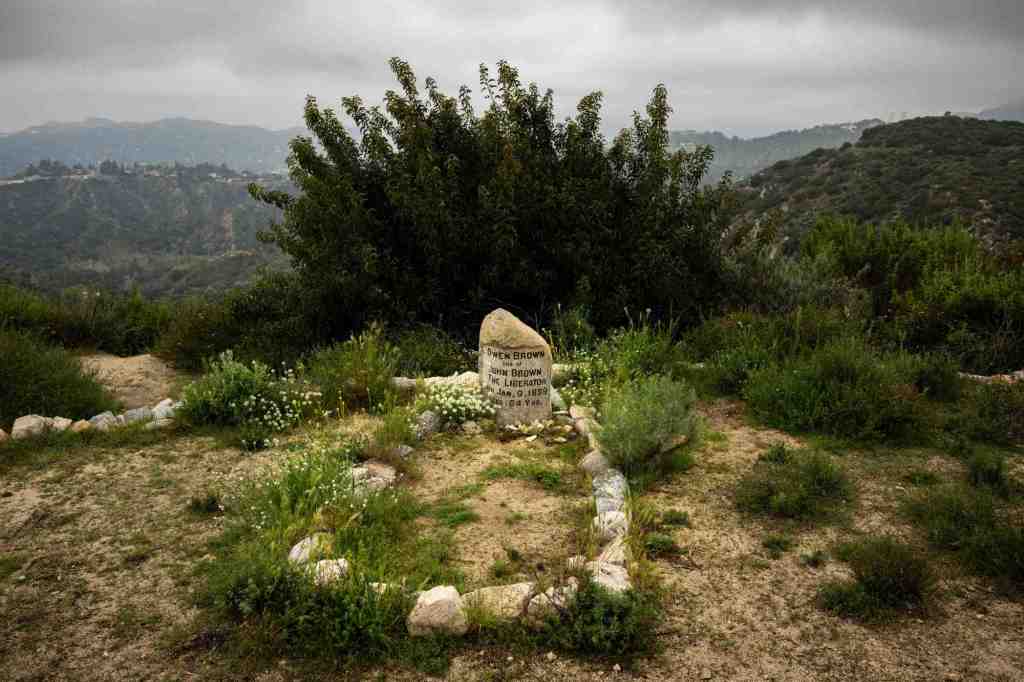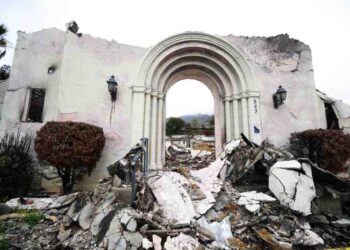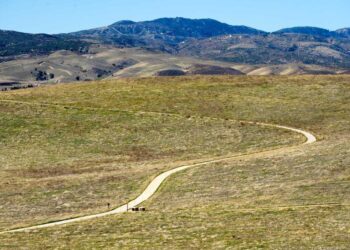On the day the grave of Owen Brown became protected, historian Michele Zack hiked the short path to an obscure hilltop above Altadena where the abolitionist was laid to rest.
“I came up here on that afternoon to tell Owen the news,” said Zack on Thursday, Feb. 29. “I wanted him to know. I said: ‘You are an L.A. County monument.’ “
On Tuesday, Feb. 27, the Los Angeles County Board of Supervisors unanimously nominated the Owen Brown Gravesite as a Los Angeles County historic landmark. It is expected that the Los Angeles County Historical Landmark and Records Commission will approve the designation, said Zack, an author of three books, an expert on Altadena history, and chair of the Owen Brown Gravesite Committee.
To say Zack, and John Burton, the committee’s vice chair, were ecstatic about the board’s motion is an understatement. The committee worked five years for this designation. Altadena Heritage has been waiting 35 years, after being turned down for historic landmark status by the Commission in 1989.
“It is an auspicious day to honor California’s free-state legacy,” Zack told the board.
Dad and son
Owen Brown, the son of famous abolitionist John Brown, fought with his father and a ragtag group of 21 called “God’s Army” to raid the U.S. arsenal at Harper’s Ferry, Va., in October 1859, in an attempt to provoke a slave revolt in the southern states. The raid failed and John Brown was arrested and executed, but Owen Brown escaped.
Brown became a fugitive for the next 20 years, living in Michigan and upstate New York before settling in Pasadena and then Altadena at the bequest of Pasadena abolitionist Horatio Nelson Rust, said Zack. “He got word to him that in Pasadena, you’ll be safe; everybody thinks you are a hero.” Pasadena was founded by abolitionists and former union soldiers in 1874, making it a safe place for Owen Brown.
John Brown’s actions, with the help of Owen and other family members, included previous violent…
Read the full article here







